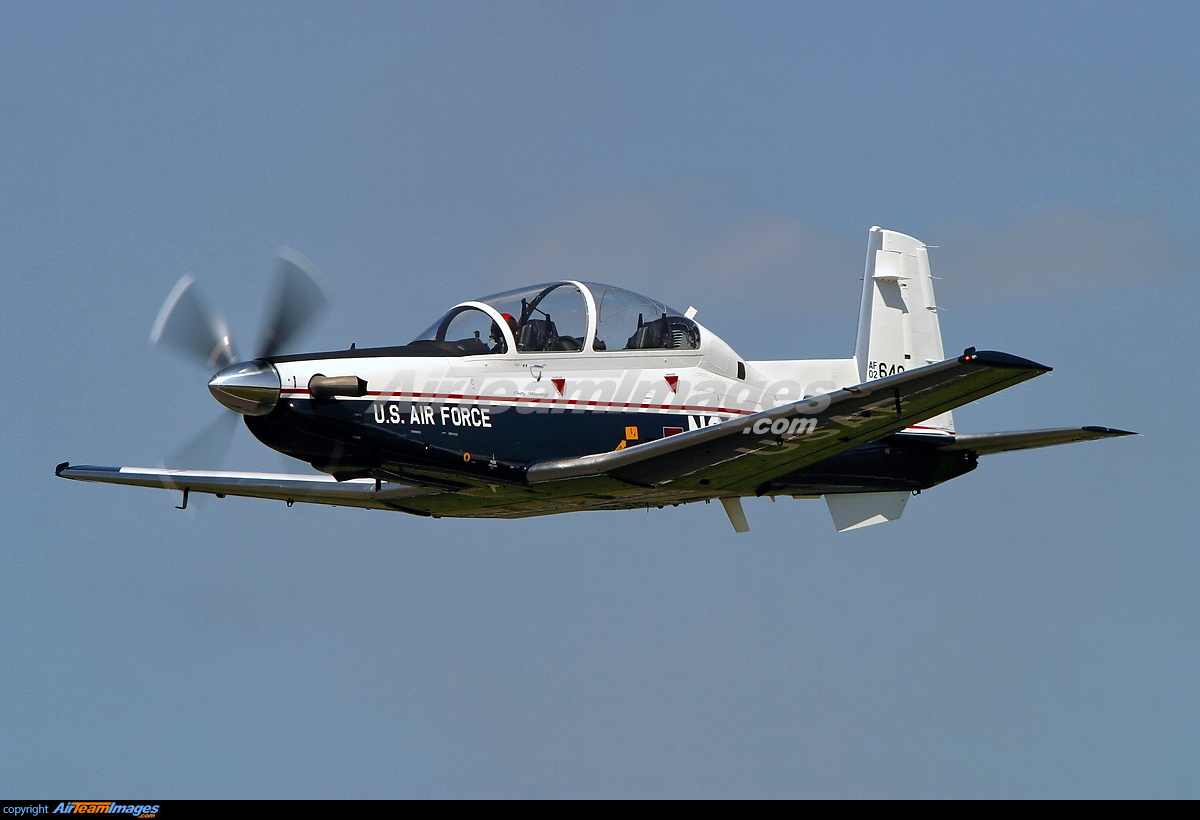What if. It's just a what if, beyond ridiculous, BUT. Could it be done to get your Private, Commercial, Instrument and Multi all at once. Ya show up to the Examiner with a single and a twin ready to go, writtens in hand. You ain't never flown with passengers. All your 90 day type and solo endorsements have been kept current. Are there any FAR whatever point whatevers that prevent it? Lets make it real fun. Ya show up with a PC12 and say a C310. Yeah, yeah theres the insurance thing, keep that out of it. Just the FARs
It's a crazy what if and a pain to keep current and acquire all the time with the endorsements, flight time and sign-offs required but I dont see any reason it wouldn't be doable. I mean in theory you could even tack on CFI, CFII and ATP. Plenty of people piggy-back ratings they just usually dont do it until later in their flying career (i.e. Comm+CFI, CFI+CFII, Multi+Comm, Multi+Comm+CFI+CFII+MEI, and dont forget seaplanes!).
I think the biggest issue you'd face is how long the check ride would be, finding a DPE (or FAA Administrator) willing to do that much oral and flight work and of course you being up to the task of doing all that work. I imagine trying to do it all in a single go would take at least a day and probably go into a second and the flight time would probably run about half a day. I'd also expect that short of doing this through a FSDO, the FAA would challenge the IACRA application and you'd end up repeating some of it with an administrator.
But how about this one for a crazy what-if:
Do everything in a Grumman Albatross. You'd get your PPL-MEL/MES, IR, COMM-MEL/MES, Tailwheel, Complex, High-performance and a type rating all in one go.
You're still right, but not for the correct reason. One of the eligibility requirements of the commercial rating is that the applicant must hold at least a private pilot certificate or meet the requirements of 61.73 (military pilots).
Dont know that I agree... I think it'd be treated just like someone who does a multi-engine add-on at the same time as their MEL-commercial or those who fly their commercial from the right seat and do a CFI/Commercial checkride in the same go. You'd do everything you need to do for the PPL first, then the instrument, then the commercial. It's all in the order that the paper work is signed. From the FAA's perspective, while they can challenge it, as soon as the IACRA is signed You are a Private Pilot Certificate holder and can exercise all privileges thereof pending confirmation (receipt of license) or challenge. Doesn't really matter if you're only a PPL for 10 minutes when they sign the Commercial Certificate; you've met the requirement. Also, I dont see that requirement anywhere in the 61.129... Is it somewhere else?
The commercial requirements include solo night takeoffs and landings, which a student pilot cannot do.
I know this has already been commented on but figured I'd point out the reg:
61.87(o) Limitations on student pilots operating an aircraft in solo flight at night. A student pilot may not operate an aircraft in solo flight at night unless that student pilot has received:
(1) Flight training at night on nighg flying procedures that includes takeoffs, approaches, landings, and go-arounds at night at the airport where the solo flight will be conducted;
(2) Navigation training at night in the vicinity of the airport where the solo flight will be conducted; and
(3) An endorsement in the student's logbook for the specific make and model aircraft to be flown for night solo flight by an authorized instructor who gave the training within the 90-day period preceding the date of the flight.
Most CFI's I've worked with dont sign off students for night flight more because the flight school's insurance requires renters to have an Instrument Rating for night flight so they'd be unable to fly at night anyway. Additionally, most instructors leave night flight until near the end of training by which point the student are preparing for the checkride. Flying at night isn't really that beneficial to this process and most of the maneuvers are considerably more risky in the dark; plus if the student is about to be signed off and free to fly at night in the immediate future anyway, what benefit does endorsing them for night flight provide? Especially for the instructor who will no doubt be questioned if something happens on the student's night flight.
But you still need 250 hrs to take the commercial, so what's the point of trying to the commercial night stuff while you are still a student pilot?
I think it was just a crazy what-if question.
I had two students who co-owned an Arrow. Both needed considerable extra time to solo. I did not finish them when they decided it wasn't a big deal that the three green gear down lights didn't work.
That's a student issue and if they had that kind of attitude towards the three green lights, I imagine they'd have that attitude towards other things in flying... Whether it became readily apparent enough that you'd discontinue their training or not is hard to say but if they dont care about the lights working, then what about nav lights? or what power drop during mag testing is greater than allowed? or suction low... There are a hundred different things that, when not experiencing the issue directly, would be impossible to tell what your student would say/do. Lights on the panel though are a nice easy "failure" that can be simulated by the instructor pretty easily or if you're in an older aircraft with fuses, replace one with a burnt out one... circuit breakers dont work as well since it's readily apparent that its popped.
We're all focused on complexity, but if you had to guess which is 'harder' to fly .... Arrow or J-3, which would you say?
This. Though I'd say it depends. If you do Ab Initio training in a tailwheel and then transition to a trike, you'll probably find the arrow more difficult. On the other hand if you do Ab Initio training in a trike and try to transition to a tailwheel, you'll probably say the cub.
I went from a trike to a tailwheel. It took me far more hours to make that transition than I like to admit and was not without its issues. I'm still a new tailwheel pilot with 40 hours and my landings in a tailwheel still need work but I could grease landings in the arrow from the start (mostly because I was flying a PA28 Cherokee prior to transition)
All the aircraft are Club aircraft the Arrow is not getting the use that the $300 a month insurance rate cost. We have a new member that is zero time but plans on buying a Arrow when he gets his PPL and wants training in the Arrow. My point is that I do not think we are doing him any good switching him from Arrow to 140, he should start and finish in the 140 Their are a lot of other reasons addressed in the above responses, the 100hr insurance rate for the club are not likely to change for one person.
CFII A&P/IA
The 100 hr club insurance isn't likely to change but that doesn't mean the student couldn't bring their own insurance policy to supersede the clubs insurance. If the club insures the plane for X and the student brings their own insurance for X, then there shouldn't be an issue (in theory). Club/FBO rules and their insurance policies are the primary restriction that prevent students from doing their PPL in a complex (or high performance or seaplane or...)
From my research, I believe the reason the FAA requires a special endorsement for the complex has more to do with so many pilots learning on a fixed gear plane, transitioning to a retractable and then forgetting to put the gear down and having a gear up landing than it does with the "complex" being "too complex" for students to handle. If you learn from the start to check the gear, you wont have the problem so many of us have when in the future you have to change your tried and true, memory-ingrained flow to include a gear check.
My personal opinion (I'm not a CFI and though I am working on it you should take this opinion with a fair amount of skepticisim) is that you should work with your instructor to identify what you hope to fly in the long term and then fly the closest most complex matching airplane available to you that you are able to handle. It'll build the muscle memory and the knowledge of the airplane.
Personally, I struggle with glass cockpits, I learned on steam gauges and the level of detail and accuracy of glass gives me information overload but I know plenty of new pilots that can fly glass really well but all they know is glass and they cant fly steam at all. We both learned something different and the transition requires unlearning and then relearning.
As to the specific question of changing planes while training; most of students seem to do that regularly. Few flight schools own a fleet of the exact same plane and a 172P differs from a 172R and a 152. Carb-heat, fuel injected, etc, they all have their idiosyncrasies. I dont know that I see a particular problem with the student switching between a PA28 and a PA28R, especially if the more complex PA28R is only being flown under the supervision of an instructor.




